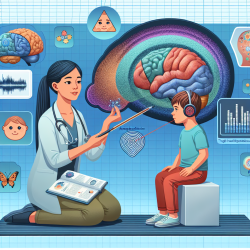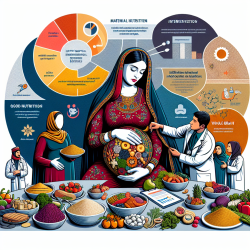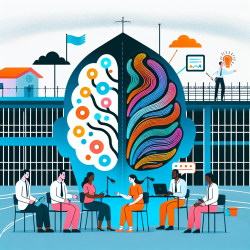Introduction
The intersection of medical and legal professions presents a unique opportunity to address systemic issues within the family regulation system. The research article "The Family Regulation System and Medical-Legal Partnerships" highlights how Medical-Legal Partnerships (MLPs) can transform child welfare outcomes by dismantling systemic injustices. This blog explores how practitioners can leverage these insights to improve their skills and outcomes for children and families.
Understanding Medical-Legal Partnerships
Medical-Legal Partnerships are collaborative efforts between healthcare providers and legal professionals to address social determinants of health that impact child and family well-being. By integrating legal expertise into healthcare settings, MLPs aim to provide holistic support to families, addressing issues such as housing, benefits, and legal representation, which are often linked to neglect and child welfare interventions.
Implementing Research Outcomes
The research emphasizes the importance of expanding the role of MLPs to actively engage with the family regulation system. Practitioners can improve their skills by:
- Adopting a Preventive Approach: Focus on preventive legal representation to address potential legal issues before they escalate into child welfare interventions.
- Interdisciplinary Collaboration: Foster collaboration between medical, legal, and social work professionals to provide comprehensive support to families.
- Advocating for Systemic Change: Use the MLP model to advocate for policy changes that promote family preservation and address racial disproportionality in the family regulation system.
Challenges and Opportunities
While MLPs offer significant potential, practitioners face challenges such as mandated reporting laws and defining the client in family cases. However, these can be addressed through:
- Training and Resources: Equip practitioners with tools and training to support families beyond mandated reporting.
- Client-Centered Approach: Focus on the family as a unit and align legal representation with the best interests of both parents and children.
Encouraging Further Research
To maximize the impact of MLPs, practitioners are encouraged to engage in further research on the social and structural determinants of health and their impact on child and family well-being. Understanding these factors can help refine MLP models and expand their reach to more families in need.
Conclusion
Medical-Legal Partnerships hold the promise of transforming child welfare outcomes by addressing systemic issues and promoting family well-being. Practitioners can enhance their skills and impact by implementing the research outcomes and advocating for systemic change. To read the original research paper, please follow this link: The Family Regulation System and Medical-Legal Partnerships.










